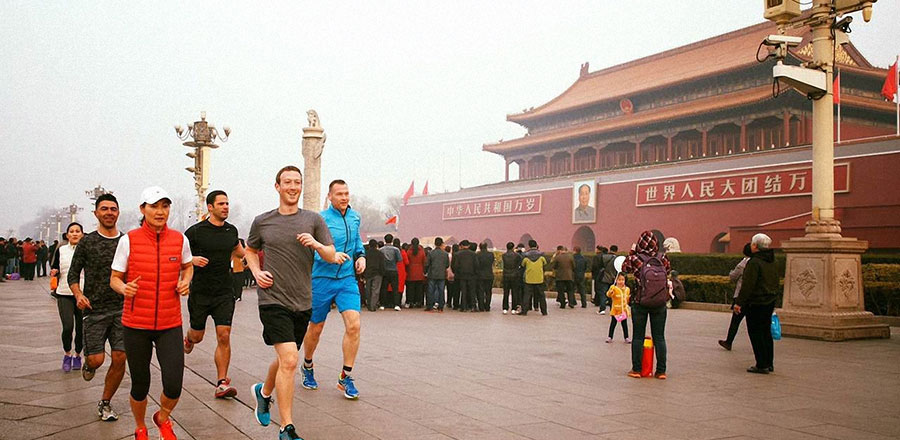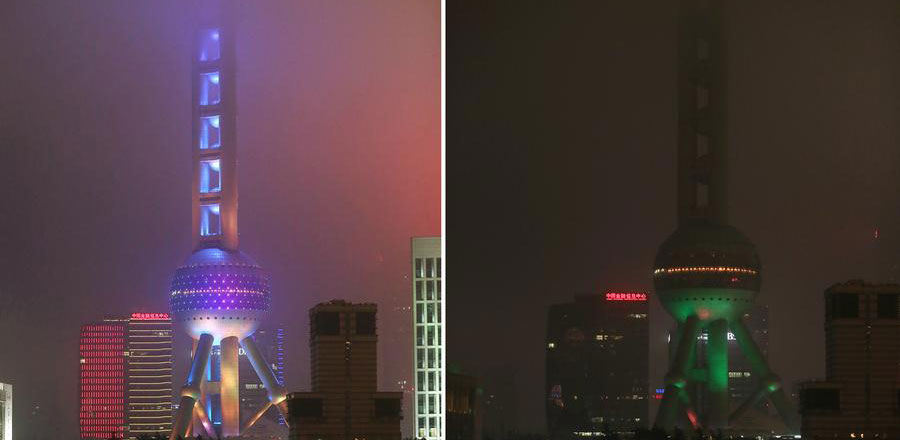
China's agricultural production has undergone historic growth during the past 30 years.
The country is the world's largest producer of pork, fruit, vegetables and eggs. It is also the second-largest chicken producer and the third-largest milk producer.
This incredible growth has vastly improved nutritional standards and the quality of life for consumers. But it has not been easy for regulatory bodies to keep up with the changes and challenges facing the industry.
New risks have emerged with intensive livestock operations, industrial food processing, and the widespread availability of chemical additives and pesticides. The fragmented nature of China's agricultural sector poses enormous safety concerns for food companies.
The government is taking steps to improve food safety, including a revised national law. Other measures involve limiting pesticides and chemical fertilizers, increasing supervision and technical assistance, and enhancing regulatory enforcement.
Corporations are increasingly being held responsible for ensuring food safety throughout their entire supply chains.
Since 1980, China's major crop production has tripled but farmland grew by only 10 percent. Growth was partly due to a quadrupling of chemical fertilizer; and pesticide use more than doubled after 1991. China's farmers use more than three times the amount of pesticides and four times the chemical fertilizer per hectare as farmers in Europe and the United States.
Since 1980, pork output increased by 350 percent, chicken meat production grew by 1,200 percent and milk production jumped by 3,000 percent. The use of antibiotics in animal feed also grew substantially.
According to China's most recent agricultural census in 2006, 184 million farms grew crops and their average size was 0.7 hectares. In contrast, the US has 1.6 million farms with an average size of 102 hectares.
With so many small farms, it is difficult to supervise the use of pesticides and fertilizers, and difficult to ensure that crops raised on contaminated soil do not enter the food chain.
China's livestock sector is also highly fragmented. About 52 million farms raised pigs, compared to 56,000 in the US. Most of China's pigs come from farms that produce fewer than 500 per year, while in the US, 90 percent come from farms that annually raise more than 5,000.








